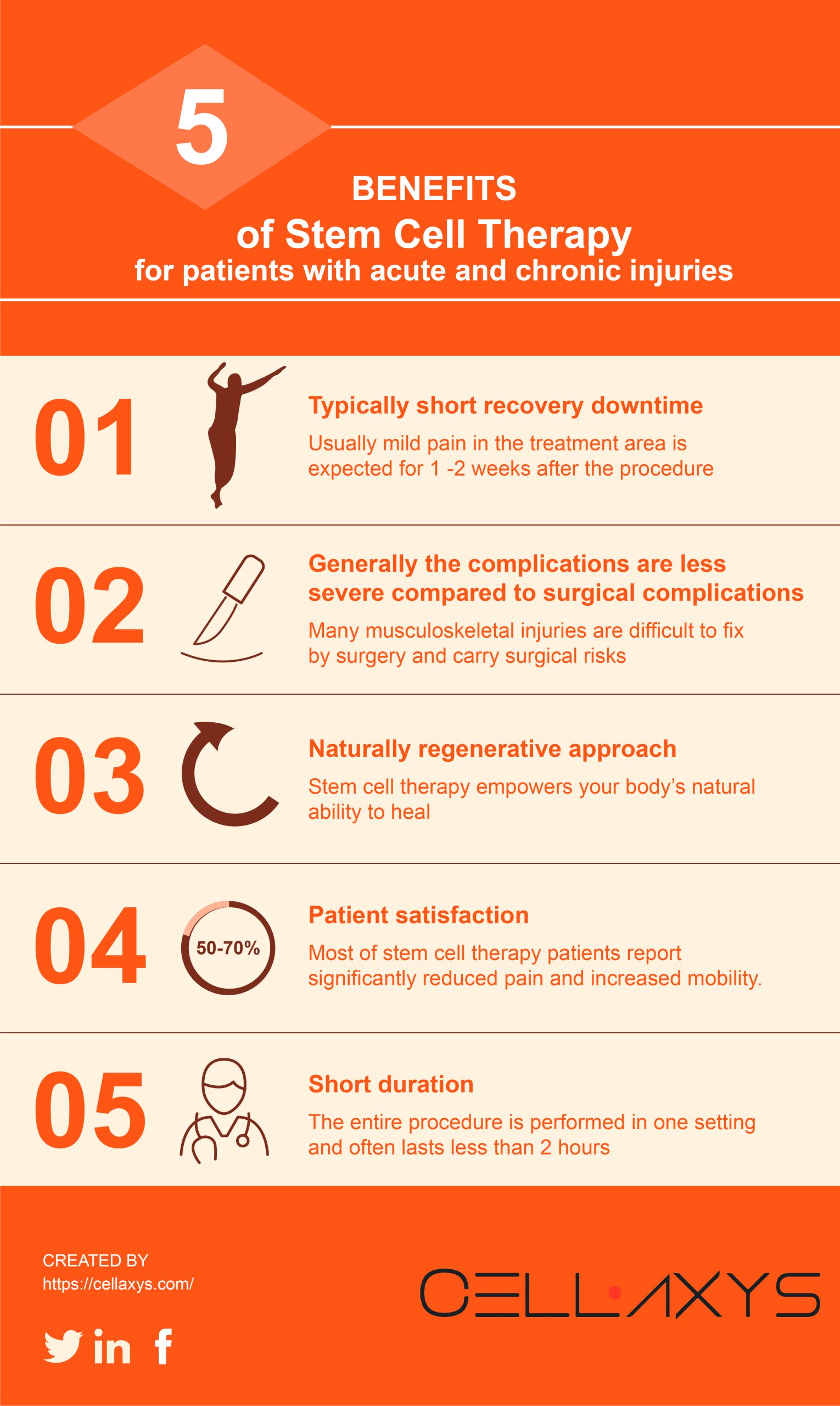Table of Contents
The authors note hurdles that stay, including boosting the engraftment success and cell survival. Since the ISCI and Miller School are leaders in this field, the writers also stress the demand to standardize interpretations and end results steps in the field. "The Hare Lab stays at the forefront of introducing brand-new therapies in this essential clinical domain name.
Now we are checking out exactly how to harness such stem cells to help clients heal their very own broken hearts."The research study is guided by the Cedars-Sinai Heart Institute, with the collaboration of the Johns Hopkins College, where Dr. Marbn functioned before joining Cedars-Sinai in 2007. The 24 people joining the study have hearts that were harmed and marked by heart assaults.

It takes about four weeks for the cells to increase to numbers adequate for restorative use, about 10 to 25 million. In the third and final action, the now-multiplied stem cells are re-introduced into the individual's coronary arteries throughout a second catheter treatment. All clients in the study had to have seasoned cardiovascular disease within four weeks prior to registering in the study job.
Later on this summer season, it is prepared for that 12 more people will certainly go through treatments to get 25 million stem cells, while six added individuals will be checked as controls. The initial individual, Kenneth Milles, a 39-year-old controller for a small construction firm in the San Fernando Valley, experienced a cardiovascular disease on May 10 due to a 99 percent blockage in the left anterior descending artery, a major artery of the heart.
The process to grow the cardiac-derived stem cells associated with the research was created by Marbn when he got on the faculty of Johns Hopkins University. The university has declared a license on that particular intellectual home, and has licensed it to a firm in which Dr. Marbn has a monetary passion.

All funding was stemmed from the National Institutes of Wellness, the Donald W. Reynolds Foundation and Cedars-Sinai Medical Facility. Marbn holds The Mark Siegel Household Structure Endowed Chair and Director of the Heart Institute.
Breakthroughs in stem cell therapy for Arrhythmias and real results
Stem cell treatment for heart failing has arised as a new method to treat and handle the core of the illness.
Stem cell therapy can help to reduce signs and improve the heart's pumping capacity. This therapy makes use of the capability of stem cells to self-regenerate and self-heal. Adhering to the admission of stem cell injections for heart disease, a number of mechanisms enter into play: Stem cells for cardiac arrest advertise the formation of specialized cardiac muscle mass cells and regenerate damaged tissue, boosting the heart's pumping ability.
These are kinds of adult stem cells that are gotten from bone marrow, fat cells, and skin cells. These are the most common and well-researched types of stem cells.
These are gotten from embryos and have the pluripotent capacity to change right into any type of sort of cells, consisting of heart ones. The major trouble with these cells is that, as they are extracted from embryos, they have many ethical and legal restrictions and are just made use of in particular scenarios. for the reasons discussed over.
Is stem cell therapy right for Peripheral Artery Disease with regenerative medicine?
These cells come from in the heart and are well-suited to cardiac fixing. Medical Consultant, Swiss Medica physician The application and treatment of stem cell therapy is composed of five steps: People begin with an online appointment with our clinical consultant and are after that evaluated by a cardiologist, who will certainly obtain the needed medical history, carry out blood tests, and request imaging research studies to establish whether stem cell therapy for heart failure is a feasible option.
We provide stem cells with painless stem cell injections for congestive heart failure. An extremely trained medical professional will inject processed stem cells right into the blood stream; the whole treatment takes much less than an hour. After completing the congestive heart failure stem cell treatment procedures, our clients will be checked for any complications and end results.
Navigation
Latest Posts
New hope for Heart Disease using stem cells
Does stem cell therapy support Heart Failure — what the science says
Breakthroughs in stem cell therapy for Heart Disease explained